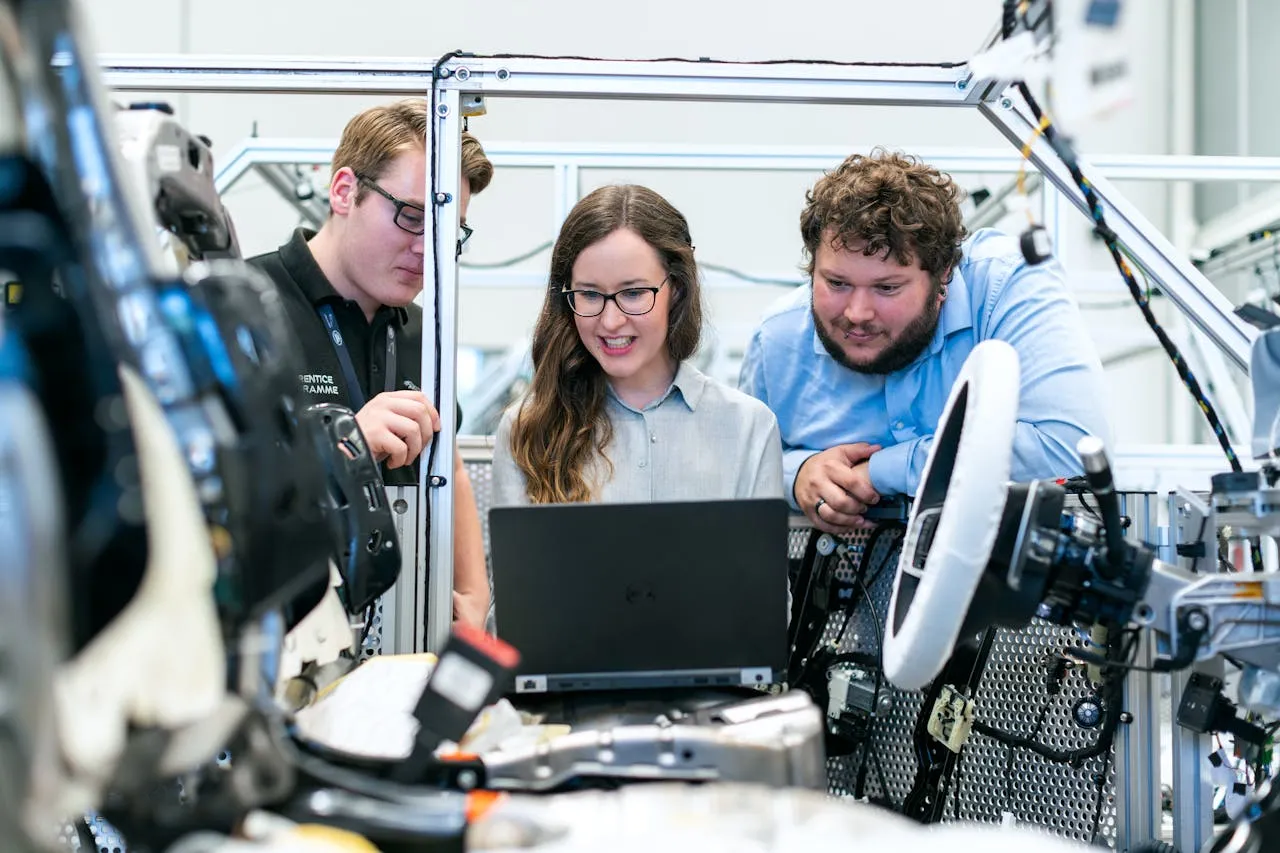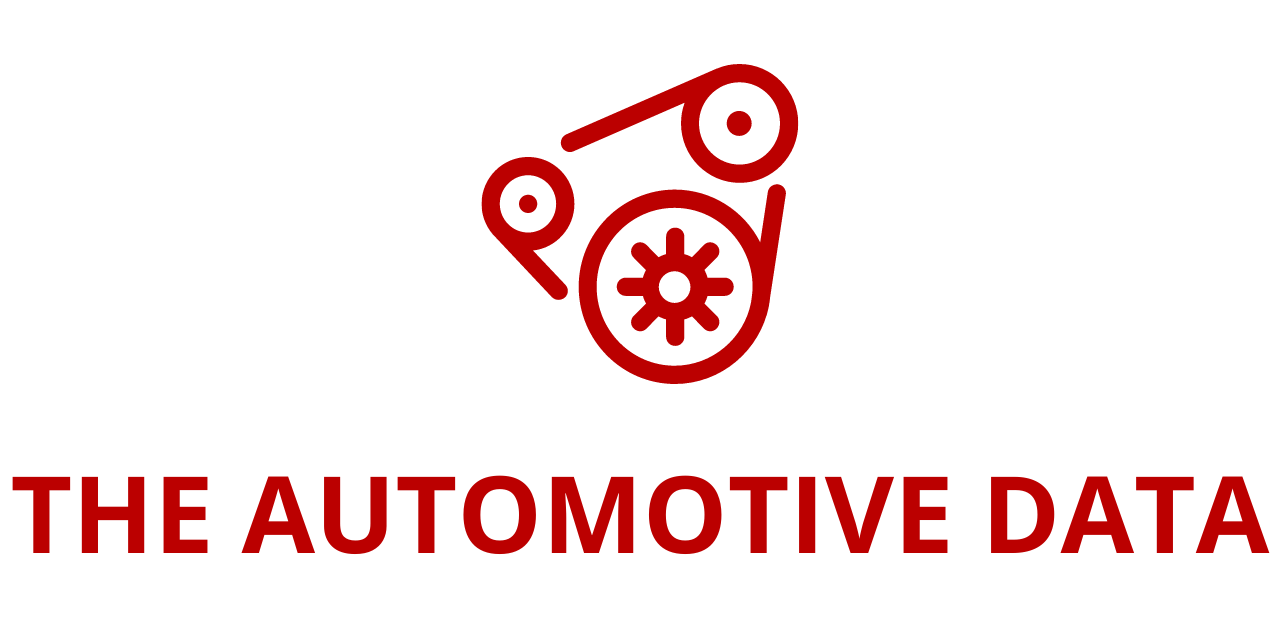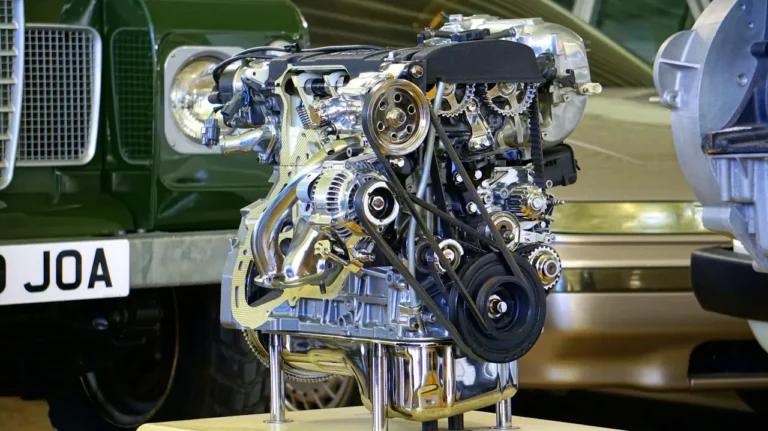
Global Software-Defined Vehicles Market to Surpass $1.6 Trillion by 2030 Amid Industry-Wide Shift Toward Immersive, Connected Mobility
The global automotive industry is undergoing a fundamental transformation driven by the emergence of Software-Defined Vehicles (SDVs). Unlike traditional vehicles that rely on discrete electronic control units (ECUs) for specific functions, SDVs are designed with centralized, upgradable software platforms that govern vehicle performance, connectivity, and user experience. According to the latest comprehensive research report by ResearchAndMarkets.com, the global SDV market is projected to exceed $1.6 trillion by 2030, marking a monumental shift from non-connected, software-enabled cars to fully immersive and intelligent mobility ecosystems.
Executive Summary: Market Scope and Dynamics
The report begins with a detailed executive summary highlighting the overall scope of the study, which spans multiple global regions and vehicle categories. SDVs are classified based on software integration levels, electrical/electronic architecture, propulsion systems, and vehicle types.
Key growth drivers include the rising demand for connected services, increasing software content per vehicle, the adoption of over-the-air (OTA) updates, and the proliferation of electric vehicles (EVs). Automakers are leveraging SDV platforms to improve vehicle lifecycle value, reduce recall costs, and offer continuous user experience enhancements.
The report also outlines market dynamics, including technological trends such as the rise of domain- and zonal-based architectures, the convergence of consumer electronics and automotive software, and the role of artificial intelligence in real-time vehicle decision-making. It forecasts strong momentum in the SDV segment, particularly as OEMs race to control in-car software stacks and unlock recurring revenue models through subscriptions.
Global SDV Market Overview and Regional Insights
The global analysis reveals a consistent trajectory of growth across major regions, led by North America, Europe, Asia-Pacific, and the Rest of the World (RoW). Each regional market is evaluated by SDV type (full vs. semi), vehicle category (passenger vs. commercial), and electrical/electronic architecture (distributed, domain centralized, and zonal).
In North America, the adoption of SDVs is being accelerated by the strong presence of tech-savvy OEMs, consumer demand for advanced infotainment systems, and regulatory support for connected vehicle standards. The United States, in particular, is leading the charge with SDV integration in premium and EV segments.
Europe’s SDV market benefits from its high concentration of luxury automakers, stringent emissions regulations, and emphasis on sustainable mobility. Countries like Germany, France, and the UK are heavily investing in digital chassis systems, centralized computing platforms, and V2X (vehicle-to-everything) communications.
The Asia-Pacific region—especially China, Japan, and South Korea—is expected to see the fastest SDV growth rate due to rapid EV adoption, government-backed smart city initiatives, and growing consumer appetite for in-car tech. Chinese OEMs are innovating with full-stack software platforms to leapfrog traditional automakers and redefine user interaction.
The Rest of the World (RoW) market—including regions like the Middle East, Africa, and South America—represents an emerging frontier for SDVs. These markets are witnessing increasing investments in digital infrastructure and local manufacturing, although adoption remains gradual.
Market Segmentation by SDV Type: Full vs. Semi
The report divides the SDV landscape into two primary categories:
- Full Software-Defined Vehicles: These vehicles rely on centralized computing and abstract nearly all vehicle functions to software layers. With fewer hardware components, they allow for seamless OTA updates, feature unlocks, and real-time diagnostics.
- Semi Software-Defined Vehicles: A transitional category where software still plays a significant role, but certain functions are distributed and controlled via traditional ECUs.
By 2030, full SDVs are projected to account for the majority of SDV revenue, especially in regions prioritizing autonomous and EV deployments. Semi-SDVs, however, continue to dominate the current landscape as OEMs gradually shift toward centralized architectures.
Architecture-Based Market Analysis: Distributed, Domain Centralized, and Zonal
A key aspect of the SDV revolution is the evolution of electrical and electronic (E/E) architecture. The report highlights three dominant architectures:
- Distributed Architecture: Common in legacy vehicles, this structure uses multiple ECUs for specific functions. Though still in use, it poses challenges for scalability and interoperability.
- Domain Centralized Architecture: A more advanced setup where functions are grouped by domains (e.g., powertrain, infotainment) and controlled by fewer, more powerful ECUs.
- Zonal Architecture: The future-forward model where vehicle electronics are grouped into physical zones and connected via high-speed networks to a central compute platform. This architecture significantly reduces wiring complexity and enhances data flow efficiency.
Zonal architecture is expected to witness the highest growth rate, driven by its compatibility with autonomous driving, AI integration, and modular software deployment.
SDVs by Vehicle Type and Propulsion: Passenger Cars, Commercial Vehicles, ICEs, and EVs
In terms of vehicle segmentation, passenger cars are leading SDV adoption due to consumer-driven demand for digital experiences, while commercial vehicles are incorporating SDV features to optimize fleet management and predictive maintenance.
The propulsion category reveals a strong alignment between SDVs and EVs. As EVs inherently require centralized software control for battery, powertrain, and thermal management, they serve as a natural fit for SDV platforms. The software-defined EV market is set to witness exponential growth, especially in China and Europe.
In contrast, internal combustion engine (ICE) vehicles are being retrofitted with SDV features—such as ADAS and connected infotainment—to remain competitive during the transition to electrification.
Country-Level Breakdowns
The report provides granular insights at the country level, examining market maturity, regulatory frameworks, OEM investments, and consumer behavior across:
- The U.S., Canada, and Mexico in North America
- Germany, France, UK, and Italy in Europe
- China, Japan, South Korea, and India in Asia-Pacific
- Select markets in the Middle East, Africa, and Latin America
These country-specific analyses help stakeholders identify high-growth markets, local partnerships, and barriers to adoption such as cybersecurity concerns, infrastructure readiness, and legacy vehicle stock.
A Trillion-Dollar Mobility Transformation
As the global auto industry pivots toward a software-first approach, Software-Defined Vehicles are redefining how vehicles are designed, built, and monetized. This transformation is not just technological—it’s structural, organizational, and experiential.
OEMs, suppliers, software developers, and governments must align to create secure, interoperable, and user-centric mobility platforms. With potential revenues surpassing $1.6 trillion by 2030, the SDV revolution represents one of the most significant inflection points in automotive history.
This in-depth study by ResearchAndMarkets.com serves as a roadmap for stakeholders navigating the SDV era—from strategic investments to platform architecture decisions and regional expansion plans. The era of immersive, intelligent, and upgradable mobility has begun.







